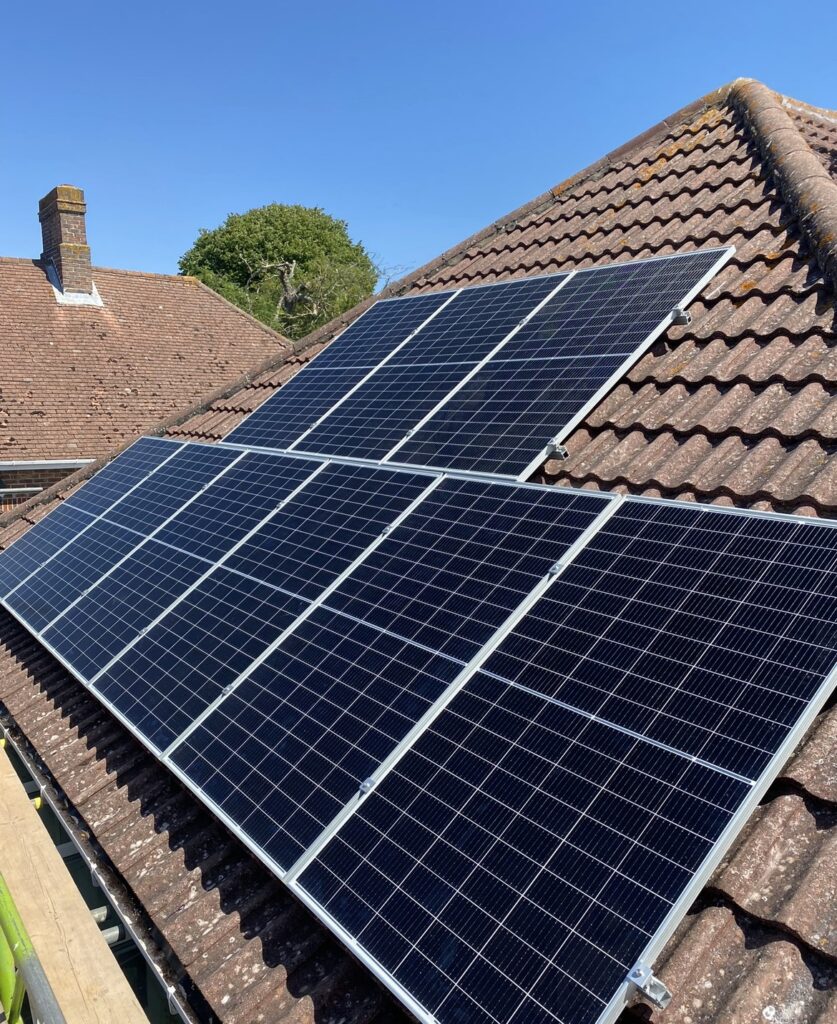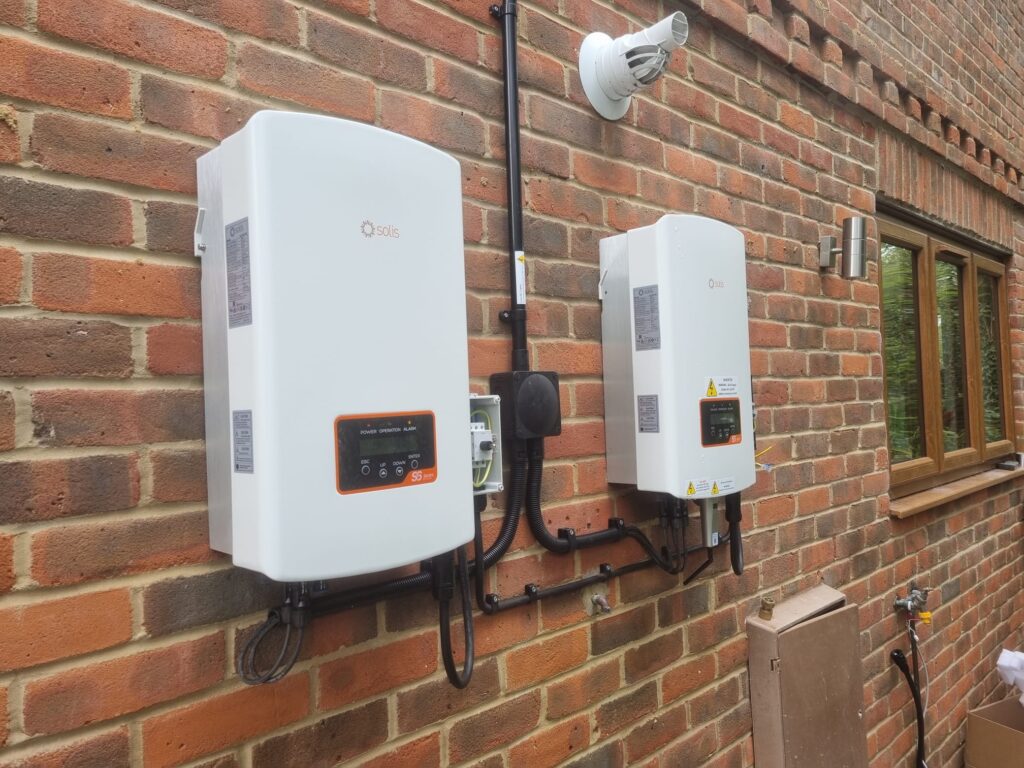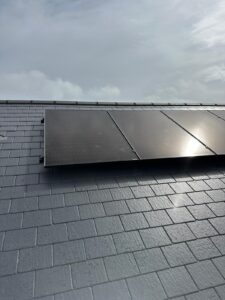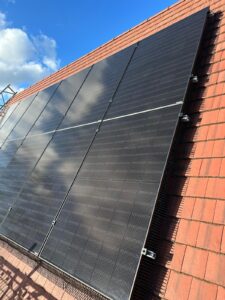
They’re becoming more and more popular and we’re seeing them crop up all over the place, from homes to offices to fields. But how do solar panels actually work? How do they convert sunlight into electricity that we can use to go about our daily life?
At the heart of solar panel technology lies the Photovoltaic Effect. Named after the words “photo” (light) and “voltaic” (electricity), this process happens when certain materials generate an electric current in response to being exposed to sunlight. Silicon, a semiconductor, is the primary material used in solar cells.
Solar panels are composed of individual photovoltaic cells, the building blocks responsible for converting sunlight into electricity. These cells are typically made of layers of silicon and other materials.
The top layer of a solar cell is treated to have a negative charge, while the bottom layer is treated to have a positive charge. When sunlight hits the cell, the silicon electrons become energised and create an electric current. The electrons move towards the positively charged bottom later of the cell, creating a flow of electricity. This movement of electrons, or flow of electricity, is what we harness as power.
At this point, the electricity is Direct Current (DC). However most households operate on Alternating Current (AC). Inverters are used to convert the DC power produced by the solar panels into AC power that is compatible with household use and the National Grid, ready for use.

As advancements in technology continue, solar energy becomes an increasingly viable and sustainable solution for powering homes and businesses.
Here at Solar Voltaics, we use the latest technology to ensure that you are getting the most from your system and the sun. If you are interested in having solar installed on your house, contact us today!


